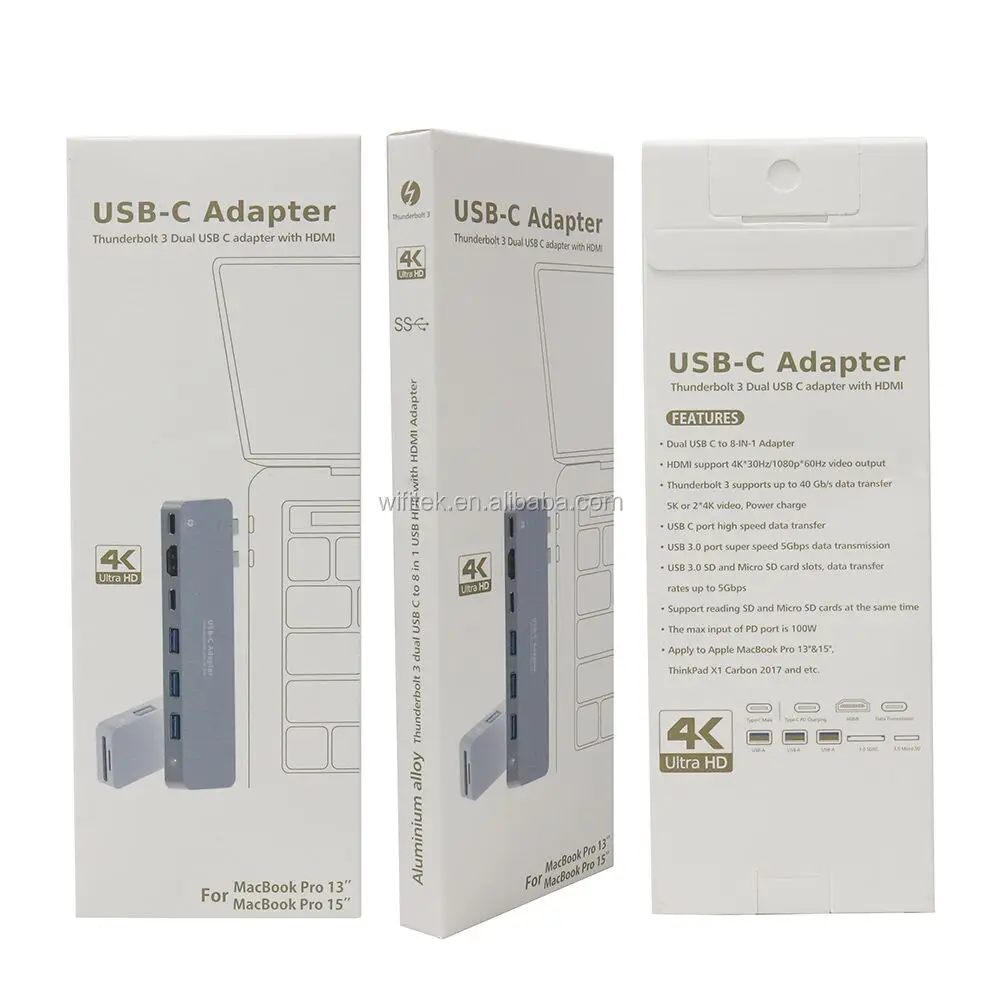If you have a Mac Pro and want to take advantage of USB 3.0 speeds, fret not. HighPoint gives your system USB 3.0 compatibility with the RocketU Quad USB 3.0 for Mac, a PCI Express card with four. StarTech.com PEXUS313AC2V USB 3.1 PCIe Card - 3x USB-A and 1x USB-C - 2x Dedicated Channels - USB C PCIe Card - USB 3.1 Controller Card. Type: PCI Express to USB Card; External Ports: 3 x USB 3.1 USB Type-A (9 pin, Gen 2, 10 Gbps) Female 1 x USB Type-C (24 pin) USB 3.1 (10Gbps) Female. The USB-C to SD Card Reader transfers high-resolution photos and videos at UHS-II speeds to your USB-C enabled Mac or iPad. Designed so it won’t block your other ports, it works with UHS-II SD cards and is backward compatible with other SD cards and adapters.
Key Features
Four SuperSpeed USB-A 10Gbps Ports—Adds four USB-A 10Gbps ports to your Mac Pro, Windows PC, or Linux computer with PCIe slots; or Thunderbolt to PCIe card expansion system
Powerful Performance with Dual USB 3.2 Gen 2 Controllers—Support data transfers at up to twice as fast as USB 3.0 and USB 3.1 Gen 1, and boost data transfer speeds between connected drives
Powered Ports—Supports USB bus-powered SSD, SSD RAID, and hard drive devices with up to 7.5W power per port
Supports Charge & Sync—Supports USB 3.0 charging port handshake, and will simultaneously sync and charge iPads and other devices that support USB 3.0 charging at 1.5A per device
Protected Power Delivery—Independent power regulation isolates each port to prevent cross-coupled power glitches that may cause accidental disconnects; resettable device overcurrent fuses protect the card and computer, and may be reset by a simple shutdown
Add USB 3.2 Gen 2 to Thunderbolt Expansion Systems—Add four SuperSpeed USB-A 10Gbps ports to Thunderbolt to PCIe card expansion systems
Easy Installation—Quick and easy user installation into any available PCIe slot
Broad USB Device Support & Compatibility—Supports storage, hubs, and other USB-IF compliant USB devices
USB port types and names
USB (Universal Serial Bus) is an industry standard for connecting computers and other devices. It's available with many types of ports, and each type has a unique shape. On Mac computers, USB is available with these ports, depending on your Mac model:
USB-A
Type USB-A ports are commonly called USB, USB 2, or USB 3 ports, depending on the USB specification they support. They aren't reversible, so a USB-A connector plugs into the port only when oriented correctly.
USB-C
Type USB-C ports are available as either standard USB-C ports or Thunderbolt 3 ports that also support USB-C connections. They both look the same, and the connector plugs into the port in either orientation.
Learn more about identifying the ports on your Mac, as well as the adapters and cables you can use to connect older devices to type USB-C ports.
USB specifications
USB specifications are important primarily when you want the most speed and power for your USB device, or your device needs more power or is using too much power. Every USB port supports a particular USB specification, which determines the port's maximum>USB specifications on MacData transferPowerUSB 3.1 Gen 2
Also known as USB 3.2 Gen 2
Up to 10 GbpsUp to 15W at 5VUSB 3.1 Gen 1
Also known as USB 3.2 Gen 1 or USB 3
Up to 5 GbpsUp to 900 mA at 5VUSB 2.0
Up to 480 MbpsUp to 500 mA at 5VUSB 1.1
Up to 12 MbpsUp to 500 mA at 5V
To learn which specification is supported by a type USB-A or type USB-C port on your Mac model:

- Choose Apple menu > About This Mac, click Support, then click Specifications.
- Check the System Information app for more details, including about USB devices connected to USB ports on your Mac. Select USB in the sidebar, then select a USB bus on the right.
Get the best performance from your USB devices


Usb 3 Cards For Mac Osx
USB specifications all work with each other, but speed and power are limited by the cable or device that uses the earliest specification. For example, if you connect a USB 3 device to USB 2 port, your device is limited to USB 2 speeds, and it can't draw more power from the port than can be delivered over USB 2. In other words, to get the best performance, make sure that the USB port on your Mac and the USB cable to your device meet or exceed the USB specification of the device itself.
If your Mac doesn't recognize a USB device after you plug it into your Mac:
- Check all connections: Unplug the device from your Mac, then plug it back in, and make sure that all cables and adapters are securely connected at both ends. Test with another cable or adapter, if available.
- Plug the device directly into your Mac instead of a USB hub or other device, and if necessary test with a different USB port on your Mac or device.
- Some devices need their own software, such as drivers or firmware. Others work without additional software. Check with the maker of your device, and install all available Apple software updates as well.
- If your device came with an AC power adapter, use it. Some devices can be powered by the USB port on your Mac. Others need more power than your Mac can provide.
- Restart your Mac.
Usb 3 Cards For Mac Desktop
Learn more
- USB 3 devices can create wireless interference that affects Wi-Fi and Bluetooth devices. Learn how to resolve Wi-Fi and Bluetooth issues caused by wireless interference.
- Mac notebook computers with USB-C or Thunderbolt 3 can charge over that port using a compatible USB-C power adapter and cable.
